When someone tells you pie, what comes first into your mind? Is it that delicious baked pie, the one used in math which equals 3.14, or that chart that…
continue reading20+ Sample BMI Chart Templates
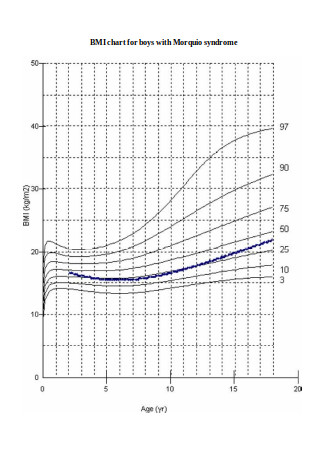
Morquio Syndrome Chart for Body Mass Index
download now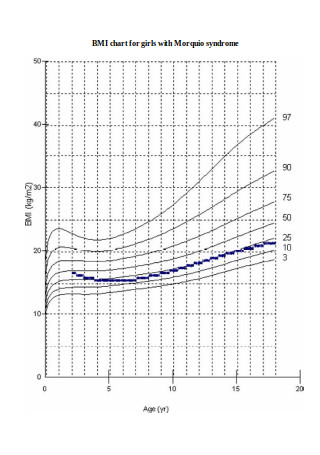
Morquio Syndrome Chart for Womens
download now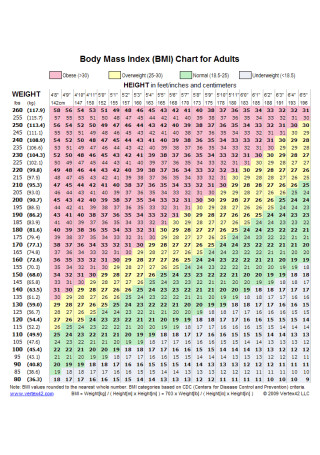
BMI Chart for Adults
download now
BMI Growth Chart for Ages
download now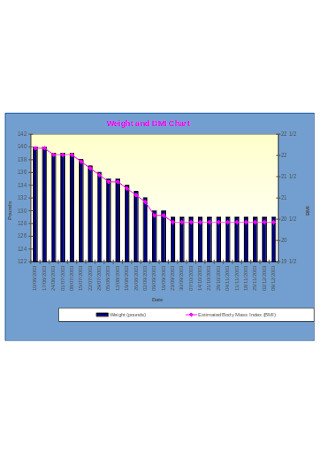
Weight and BMI Chart
download now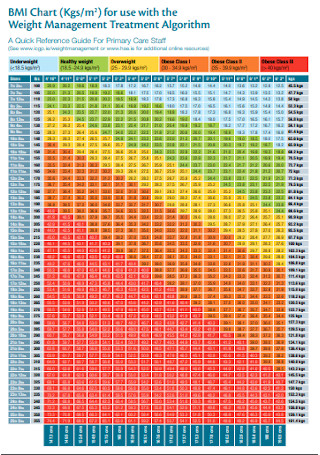
BMI Chart for Weight Management
download now
Body Mass Index Table
download now
BMI for Age Growth Chart
download now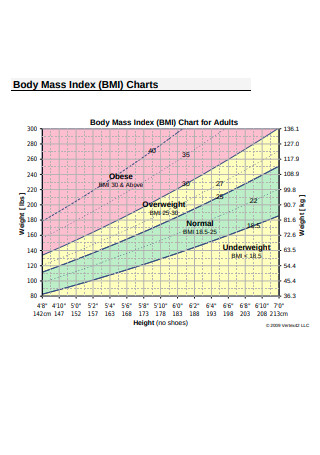
Body Mass Index (BMI) Chart
download now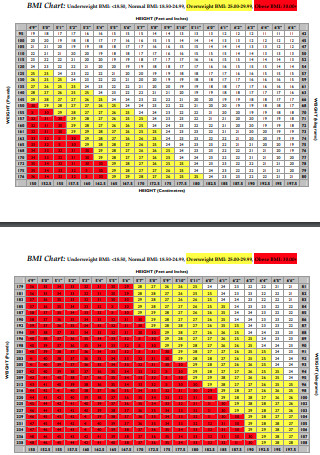
BMI Chart
download now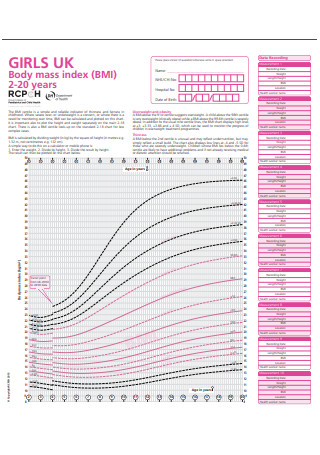
BMI Chart for Boys and Girls
download now
Weight BMI Chart
download now
Body Mass Index Chart
download now
Adult Body Mass Index (BMI) Chart
download now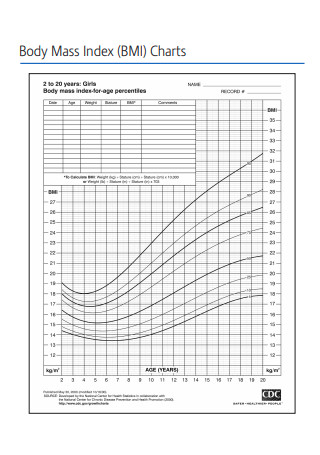
Sample Body Mass Index (BMI) Chart
download now
Simple Body Mass Index Chart
download now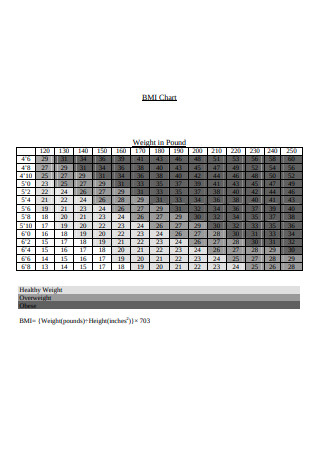
BMI Chart Black and White
download now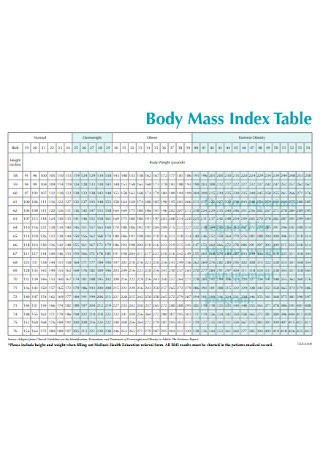
Sample Body Mass Index Table
download now
Body Mass Index and Health Table
download now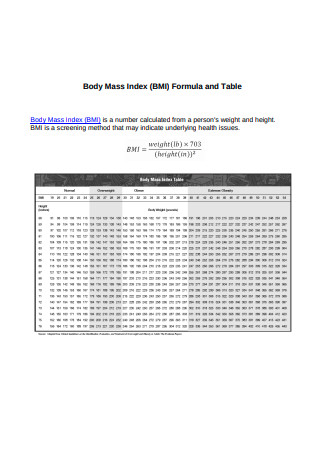
BMI Formula and Table
download now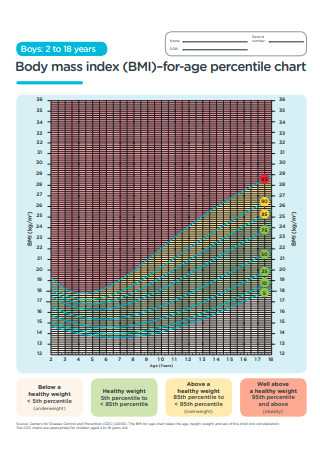
BMI for Age Percentile Chart
download now
What Is a BMI Chart?
In science textbooks and health magazines, the standard image of healthy individuals has toned muscles and bright smiles. Indeed, physical well-being is a significant indicator of a healthy person. But, there is more to it than what appears. Despite the facade of ripped muscles, an individual may not have proportionate body mass. Thus, it is necessary to check an individual’s body mass index. A person’s BMI is calculated by dividing the weight in kilograms by the square of the height in meters. The result then classifies the individual according to the weight categories in the BMI. The chart’s weight classifications have an implication on the possible health conditions that the person will encounter in the long run.
Body mass index charts mostly used in identifying obesity and overweight. It is an accessible and inexpensive tool in screening a person’s body fat but does not provide a substantial explanation about it. BMI charts are also commonly used in schools. These tools are usually used during physical fitness tests taken by the students. Sports organizations and clubs also use these charts. Ultimately, it is a standard supplementary tool in the field of medicine, especially in pediatrics.
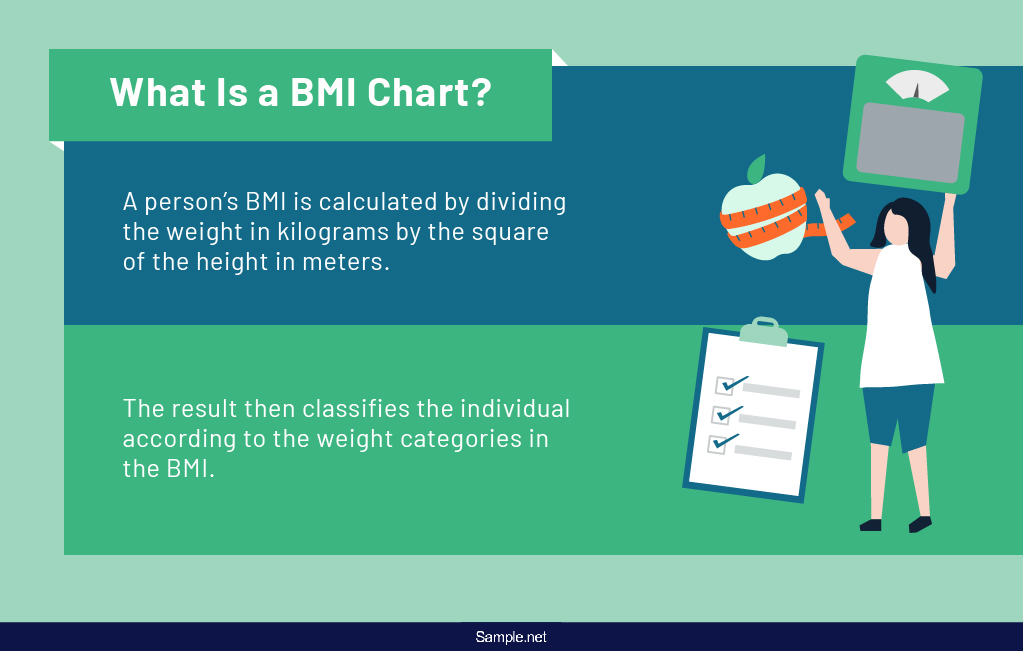
What is the Significance of Body Mass Index?
Obesity, along with other detrimental health conditions, is a pressing health issue in recent years. By 2016, 39% of the adult population of the United States were experiencing the negative effects of extreme weight. Several measures are formulated to counter and lessen the adverse effects of obesity, especially among the youth. One method is early recognition. One way to gain information about one’s physical well-being is the body mass index. Other than recognition, it brings in other significant benefits.
Factors that Weigh in on BMI
It is important to note that a BMI chart or table is not a stand-alone diagnostic tool in assessing the body fat of an individual. It provides information about a person’s weight category, but it is not enough. Other tests and examinations must be present alongside them. It also only factors in two biological features, which are height and weight. It considers age, but it receives lesser attention than the first two components. Other factors carry significant weight in a person’s body mass but not calculated in the table.
Gender
Have you ever noticed that there are different standards for males and females in individual sporting categories? The difference in the set standards is caused by the biological differences of the different sexes. In the same way, the body mass indices of males and females are significantly different because of how their bodies are programmed to develop biologically. A 2011 research formulated a comparison between undergraduate males and females. More males are overweight and more females are underweight. The succeeding conclusions support the number of underweight women that females are more conscious of their figures, and their ideal body models are underweight. The same thought process is derived from the male participants because their typical body figures are overweight.
Age
A disparity in the interpretation of the BMI chart is mainly because of age. People who are over twenty years old measure their index using the standard body mass index chart. Adults with an index of 18.5 and lower are classified as underweight. Those with indexes from 18.5 to 24.9 are normal. Those who reach 25 to 29.9 are overweight, and those who measure more than 30 are obese. As for children and teenagers, the interpretation of the chart is different. It is not based on fixed measures. It is based on percentile ranking, the relative position of the rank as compared to others in the same age group. The children whose indexes belong in the lower 5th percentile of the group are tagged as underweight. From the 5th rank until before the 85th percentile have average and proportional body mass indexes. For those whose indexes belong to the 85th up until before the 95th are overweight. And those who exceed the 95th rank are overweight. The interpretation varies according to the age group because the bodies undergo several physical development milestones that significantly affect their indexes.
Body Structure and Muscle Maturity
The maturity of the body muscles significantly affects the total weight of a person. Muscles are also considerably denser than fat. So, it is safe to say that professional athletes and bodybuilders have higher body mass rates. Their BMIs are expected to be higher because their muscles are more developed, therefore being denser as compared. But, their relatively high BMIs do not mean that their body fat rate is also high. Other than the maturity and bulk of muscle tissue, the body structure can also affect the index. Taller people have denser muscles because of the support demanded by the longer body stature. The location of the fat in the body may indicate lower levels of body fat, but it does not make the person invulnerable from diseases such as diabetes. The maturity of the bones and muscles is another factor why the BMI chart is interpreted differently for children.
How to Maintain a Healthy BMI?
A person’s BMI does not fully reflect the entirety of their well-being. Someone may be classified as overweight but has less body fat. This proportion may be caused by the person’s developed muscles and large bone structure, which is denser than fat. A conventionally healthy-looking individual may be underweight because of the person’s height. Taller people need to have thicker muscles to support all the weight of the bone structure. So, seeing all these different discrepancies and considerations, the aim is not to achieve an average BMI. A normal BMI for a high-intensity sport may affect their performance. The goal, therefore, is to make a healthy body mass index that is appropriate to the individual’s lifestyle.
Step 1: Set Fitness Goals
Each individual goes through a different fitness route. In your group of friends, one may need to gain weight to achieve a healthy index. Another may need to lose weight and body fat. Even if you encourage your friends to work out to make healthier bodies together, each one must come up with specific fitness goals to make a healthy body mass index. For these goals to be practical, it must be SMART. This goal-setting strategy is also highly effective in achieving fitness. Each goal must be short, measurable, achievable, realistic, and timebound. These fitness goals will serve as the guide for your entire journey in achieving the target BMI or weight category. Merely stating that you need to lose weight is not enough. So, determine how you will lose weight and stick with it.
Step 2: Come up with a Fitness Plan
After coming up with several specific goals, it is time to come up with an elaborate plan. This plan will help carry out and achieve the goals efficiently. Most of the time, people’s perception of fitness plans are mere workout plans. But, take note that a fitness plan is more than that. The fitness plan includes an analysis of the physical attributes of the individual. These sets of data are used in coming up with a personalized workout plan. These plans also monitor the progress of the individual. The user can note the weight loss or gain and other significant changes.
Step 3: Hydrate and Eat Properly
Nutrition is also highly crucial in achieving a healthy body mass index. Most times, a person opts for crash or fad diets that promise rapid weight loss. But, the effects of dieting are not in the long run. The significant weight loss brought about by dieting resulted from the change of intake. So, the best course of action is to maintain a balanced meal that can sustain long-term effects. Novelty diets are present everywhere. Your relative may suggest one, or you can see advertisements about it on Instagram or Facebook. These may be tempting, but be careful and take care of your body. The best thing you can do is to consult a dietician to help you come up with an effective and sustainable. The dietician can assess your current diet and regulate your meals according to what your body needs.
Step 4: Invite Your Friends
Trying out new exercises and starting new routines can be daunting tasks to take on alone. What you can do is to invite friends, colleagues, or relatives to try new things with you. Working out in groups have significant positive effects. More partners and groups accomplish workout programs than individuals who enroll themselves. It also says the same for couples. Partners who exercise together produce more promising and sustainable results. It sheds truth to the saying that there is strength in numbers. Working out with friends also reduces stress and anxiety that other people are focusing on you. Having friends to work out with also means that you have hype men to push each other to achieve the goals for a particular regimen. Plus, you always have someone to check on you, just in case you get sidetracked.
Step 5: Do not Treat it as a Burden
Every fitness journey is a mental journey. Each one faces struggles and difficulties, whether in gaining, losing, or maintaining weight. More often, a person is motivated to work out because they are no longer satisfied with their bodies. Engaging with this mindset, you are already starting on the wrong foot. The weekly achievements are less appreciated because there is always a push for wanting more. Always pushing for more may develop unhealthy coping mechanisms. Always keep in mind that you want to do the workout and maintain your diet because you love your body. You want to be healthy because you love your body. The favorable mindset conditions your body to be excited about the next workout session and look forward to healthier meals.



